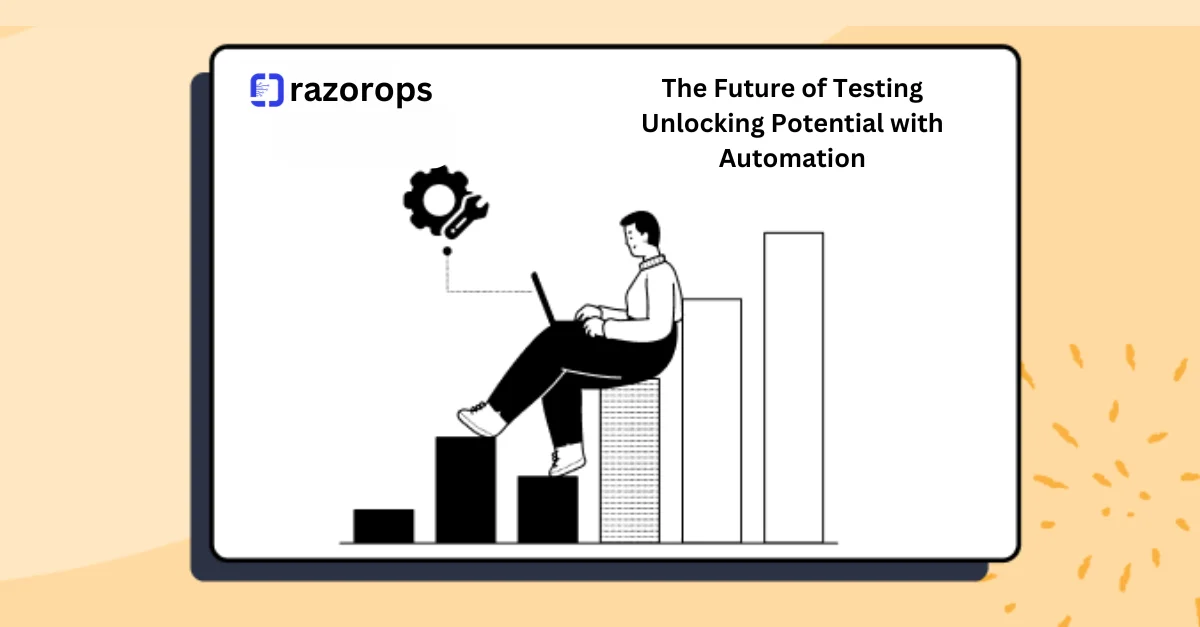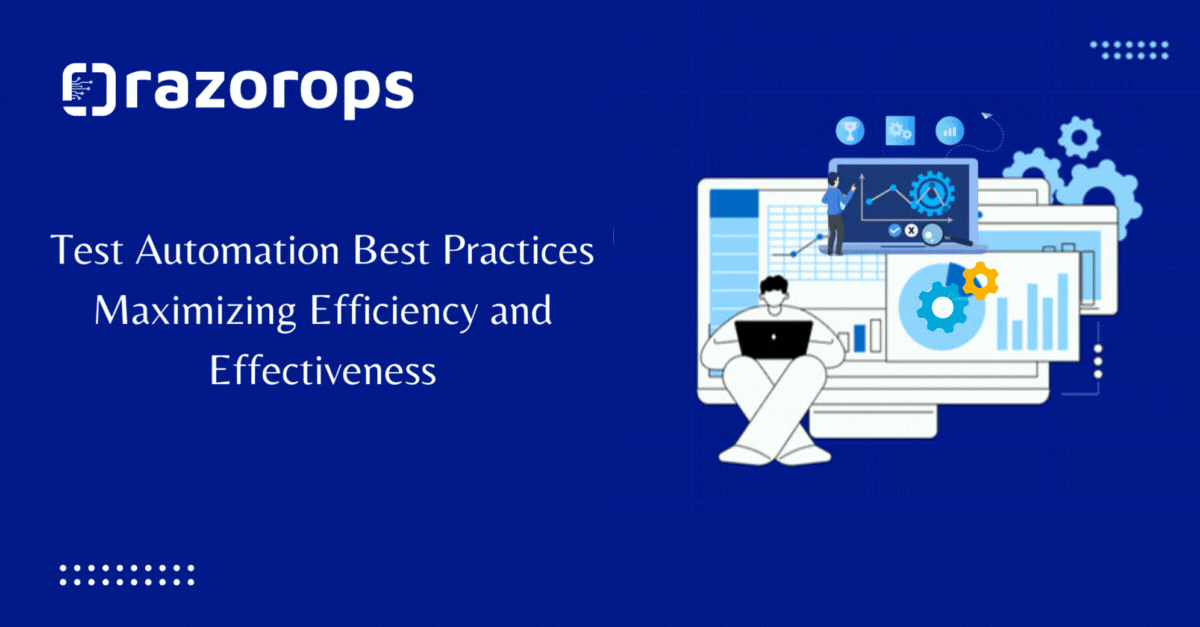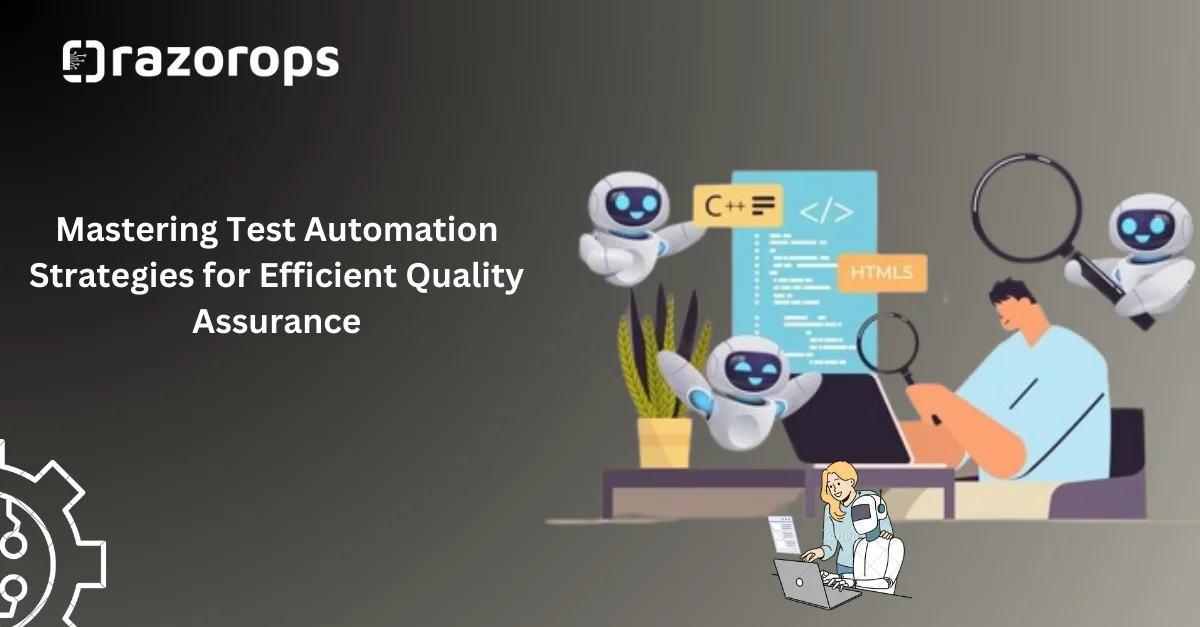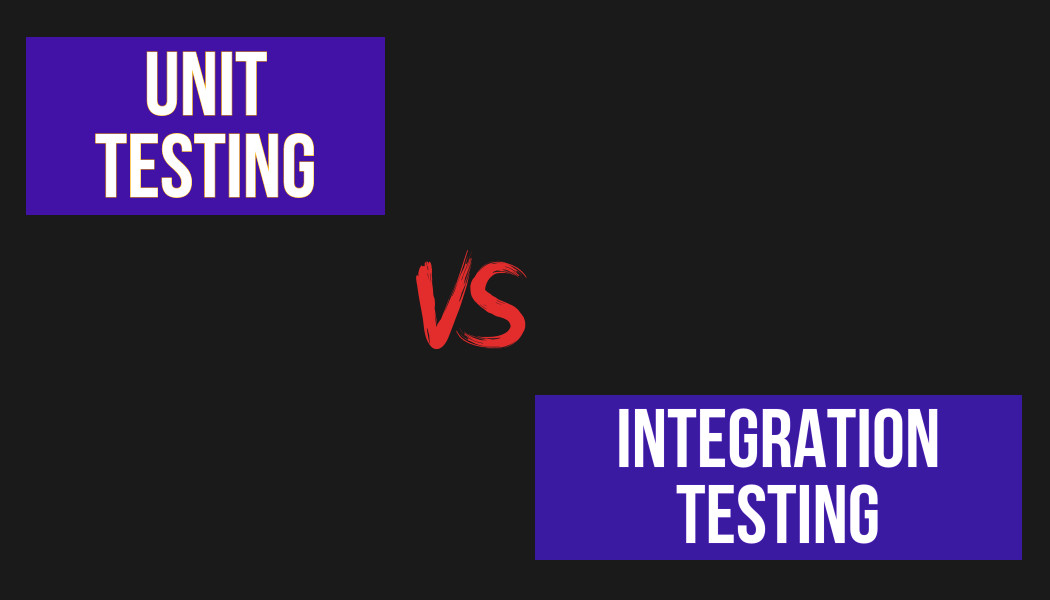The Future of Testing Unlocking Potential with Automation

In the ever-evolving landscape of software development, testing plays a crucial role in ensuring the quality, reliability, and performance of applications. As technology continues to advance, the future of testing is deeply intertwined with automation, offering immense potential for improving efficiency, speed, and accuracy in the testing process.
The Evolution of Testing
Traditional testing methods often relied on manual processes that were time-consuming, labor-intensive, and prone to human error. As software complexity grew, so did the challenges associated with testing. Enter automation—a game-changer that has revolutionized the way we test software.
The Benefits of Automation
- Speed and Efficiency: Automated testing enables rapid execution of test cases, significantly reducing the time required for testing cycles. This agility is crucial in today’s fast-paced development environments.
- Accuracy and Consistency: Automation eliminates the inconsistencies and errors that can arise from manual testing, ensuring reliable and repeatable results across multiple test runs.
- Cost-Effectiveness: While initial setup costs may be involved, automation ultimately leads to cost savings by reducing the need for extensive manual testing efforts.
- Enhanced Test Coverage: Automation allows for comprehensive test coverage, including regression testing, which helps detect and prevent issues before they impact end-users.
- Scalability: Automated testing scales effortlessly to accommodate growing application complexity and evolving testing requirements, making it ideal for large-scale projects.
Key Trends Shaping the Future
- AI and Machine Learning: Integrating AI and machine learning into testing processes enables intelligent test case generation, predictive analytics for defect detection, and adaptive testing strategies.
- DevOps and Continuous Testing: Automation is a cornerstone of DevOps practices, facilitating continuous testing throughout the software development lifecycle (SDLC) and enabling faster delivery of high-quality software.
- Shift-Left Testing: Automation empowers teams to shift testing activities earlier in the SDLC, catching defects sooner and reducing rework costs.
- Cloud-Based Testing: Leveraging cloud infrastructure for automated testing offers scalability, flexibility, and cost-efficiency, particularly for globally distributed teams.
- Low-Code/No-Code Testing: The rise of low-code/no-code testing platforms empowers non-technical users to create and execute automated tests, democratizing the testing process.
Overcoming Challenges
While automation offers numerous benefits, it’s not without challenges. Common hurdles include initial investment costs, maintenance overhead, tool selection, and ensuring adequate test coverage across diverse environments and devices. Addressing these challenges requires a strategic approach, robust automation frameworks, and continuous skill development among testing teams.
The Road Ahead
Looking ahead, automation will continue to evolve and play a pivotal role in driving digital transformation. Emerging technologies such as robotic process automation (RPA), IoT testing, and AI-driven testing tools will further revolutionize the testing landscape, enabling organizations to deliver superior software quality at speed and scale.
Embracing Automation in Testing
Automation has become a cornerstone of modern testing practices, enabling teams to execute tests rapidly and consistently across different environments. With automation, repetitive tasks such as regression testing, integration testing, and performance testing can be automated, freeing up valuable time for testers to focus on more complex scenarios and exploratory testing.
Accelerating Time-to-Market
One of the key benefits of automation in testing is its ability to accelerate time-to-market for software products. By automating test cases and workflows, teams can achieve faster feedback cycles, identify bugs earlier in the development process, and iterate more quickly. This agility is essential in today’s competitive market, where speed and quality are paramount.
Improving Test Coverage and Accuracy
Automation allows for comprehensive test coverage by executing a large number of test cases across various platforms, configurations, and devices. This extensive coverage helps in identifying defects that may not be apparent in manual testing. Moreover, automation reduces human error, leading to more accurate test results and higher confidence in the product’s quality.
Enabling Continuous Testing
In the era of continuous integration and continuous delivery (CI/CD), continuous testing has emerged as a critical practice for ensuring that changes to the codebase do not introduce regressions or defects. Automation plays a central role in continuous testing by enabling the seamless integration of testing into the CI/CD pipeline. This ensures that every code change is thoroughly tested before deployment, thereby enhancing software stability and reliability.
Harnessing AI and Machine Learning
The future of testing also involves harnessing the power of artificial intelligence (AI) and machine learning (ML) technologies. AI-driven testing solutions can intelligently generate test cases, prioritize test scenarios based on risk factors, and analyze test results to identify patterns and anomalies. This intelligent automation not only streamlines the testing process but also enhances the effectiveness of test execution and defect detection.
Embracing Shift-Left Testing Practices
Another trend shaping the future of testing is the adoption of shift-left testing practices, where testing activities are moved earlier in the development lifecycle. Automation facilitates shift-left testing by enabling developers to write automated unit tests, perform static code analysis, and conduct early integration testing. This proactive approach to testing helps in identifying and resolving issues sooner, reducing the cost and effort of fixing defects later in the development cycle.
automation will continue to play a pivotal role in transforming the testing landscape. By embracing automation, organizations can unlock the full potential of their testing efforts, achieving faster time-to-market, higher test coverage, improved accuracy, and seamless integration with CI/CD pipelines. The future of testing is indeed bright, driven by innovation, technology, and a relentless focus on delivering high-quality software solutions. Follow RazorOps Linkedin Page Razorops, Inc.







